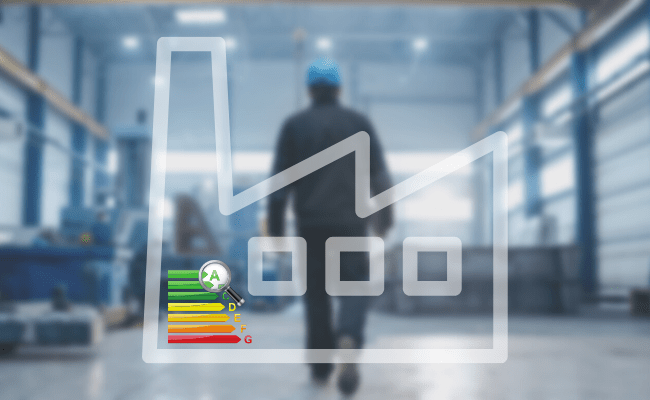Hart’s continuing drive for energy efficiency
Glasgow’s COP26 conference did much to remind us of the issue of Climate Change. However well-intentioned the debate over two weeks by the global audience was followed by a real, live, reminder that the Earth is very much on the edge with dramatic storms, flooding, forest fires, continuing rising sea levels and melting ice caps.
Research shows that nearly 40% of carbon emissions coming from the construction of property and about a further 30% coming from the actual use of the building, that is heating, lighting, air-conditioning and so on.
As buildings such as manufacturing facilities and warehousing are essential to any country’s economy what can be done to reduce carbon emissions from property? Building energy efficient properties is the obvious step but how can this be achieved?
New build is the opportunity to design with climate in mind from day one. But buildings that were built decades ago can still be updated to reduce energy costs. Solar gain through windows can be beneficial, photo voltaic energy panels and other renewable technologies can be retro-fitted such as ground-source heat pumps or biomass boilers. So there are many options available.
The day to day operation of a typical warehouse or manufacturing facility does introduce a crucial issue that can undermine the best intentions of occupiers to be climate aware – the ever open industrial door.
Even with the greatest diligence to make a property almost air-tight and energy efficient to the highest standards, manufacturers and warehouse users must have properties which provide access for raw materials and exits for goods. This can mean just one door or dozens if required for loading bays for example.
Perceived as weak points in the efficiency of a building, this is where the high-speed door operates at its ultimate – by reducing air-flow in or out of a building or between one section within a building and another.
Busy facilities inevitably have incoming products for manufacture and outgoing completed goods. Well aware of the loss of heated air and the inflow of unheated air to a building, 40 years ago Hart Doors Systems of Newcastle upon Tyne built its first automatic industrial door.
Successful testing showed immense potential for this automatic, high-speed, door branded ‘SPEEDOR’. Today Speedors can be found throughout the world from the Falklands to Vladivostok, across Africa, the Middle East, Far East and so on. The original concept is now marketed in seven sub-brands such Speedor Super, Speedor Storm and Speedor Cleanroom.
Emissions from the operation of buildings recently hit their highest ever level with the building sector accounting for 38% of all energy-related CO² emissions. For many companies, energy consumption is the main contributor to their overall carbon footprint, including heating, cooling, lighting, and operating equipment. The more efficient companies are in their energy use, the greater the reduction in carbon dioxide emissions.
Automatic high speed doors reduce CO² emissions by playing an integral role in the energy efficiency and environmental impact of a building where heating and cooling systems are the highest producers of energy-related CO² emissions.
Where a door is left open, heating and cooling systems work overtime to maintain internal temperatures at comfortable levels. Where it is not practical to keep an entrance closed all day, the fast open-close operation of high-speed automatic doors allows a steady flow of traffic and at the same time energy consumption.
An efficient, well-insulated and low-maintenance high-speed automatic door application can reduce CO² by reducing draughts, maintaining internal temperatures, optimising traffic flow and creating more comfortable working conditions.

